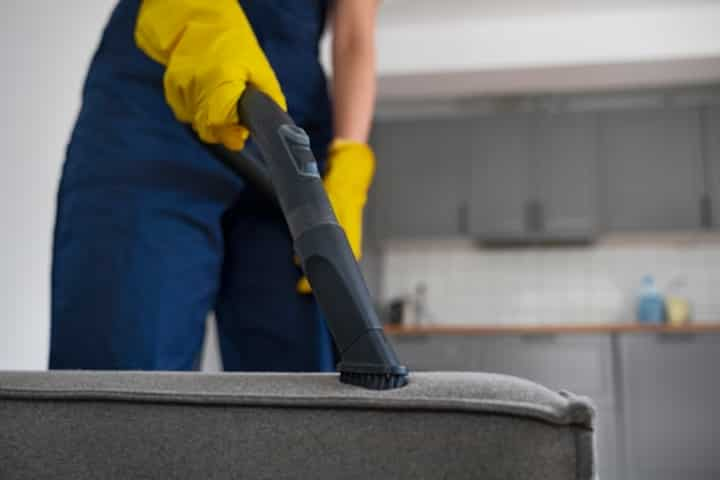
Expert Smoke Damage Cleaning Say Goodbye to Smoke Odor and Soot
Experiencing a fire in your home or business can be devastating, not only because of the immediate damage from flames but also due to the lingering smoke odor and soot. These byproducts of fire can pose significant health risks and can cause lasting damage to property if not addressed promptly and effectively. Expert smoke damage cleaning is essential to remove these hazards and restore a safe and clean environment. This article will delve into the importance of professional smoke damage cleaning and provide insights into how to effectively tackle smoke odor and soot.
Understanding Smoke Damage
The Nature of Smoke and Soot
Smoke is composed of a complex mixture of gases and fine particles that result from the incomplete combustion of materials. Soot, a byproduct of smoke, consists of carbon particles and can settle on surfaces throughout an affected area. Both smoke and soot are highly invasive and can penetrate deep into building materials, furniture, and personal belongings.
Health Risks Associated with Smoke Damage
Exposure to smoke and soot can have serious health implications. The tiny particles can irritate the respiratory system, exacerbate asthma, and lead to other long-term health issues. It is crucial to address smoke damage promptly to protect the health of occupants and ensure a safe living or working environment.
Effective Smoke Damage Cleaning Techniques
Initial Assessment and Planning
Professional smoke damage cleaning begins with a thorough assessment of the affected area. This involves identifying the extent of the damage and planning an effective cleaning strategy. An experienced team will prioritize areas based on the severity of the damage and the materials affected.
Advanced Cleaning Methods
- Air Scrubbing: Utilizing air scrubbers equipped with HEPA filters can help remove smoke particles from the air, improving indoor air quality.
- Ozone Treatment: This technique involves using ozone generators to neutralize smoke odors effectively. Ozone treatment is particularly useful for areas where odors have deeply penetrated.
- Thermal Fogging: A method that uses a heated deodorizer to penetrate areas affected by smoke. Thermal fogging can neutralize odors at a molecular level.
- Dry Ice Blasting: This non-abrasive cleaning technique uses compressed air and dry ice pellets to remove soot from surfaces without causing additional damage.
Find additional information here.
Preventive Measures and Ongoing Maintenance
Steps to Minimize Smoke Damage
Prevention is key when it comes to minimizing the impact of smoke damage. Here are some steps that can be taken:
- Install smoke detectors and ensure they are functioning properly.
- Conduct regular maintenance checks on heating and cooking appliances.
- Keep flammable materials away from heat sources.
Explore further insights here.
Long-term Maintenance
After professional cleaning, maintaining a smoke-free environment requires ongoing vigilance. Regular cleaning and maintenance can help prevent the recurrence of smoke odors and soot accumulation. Learn more in this detailed guide here.
Conclusion
Professional smoke damage cleaning is essential for restoring a safe and healthy environment following a fire. By understanding the nature of smoke and soot, employing advanced cleaning techniques, and taking preventive measures, it is possible to effectively eliminate smoke odor and soot from affected areas. For those navigating the aftermath of a fire, consulting with experts can provide peace of mind and ensure comprehensive recovery efforts. Read more about this topic here.